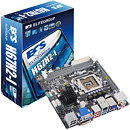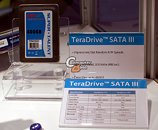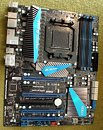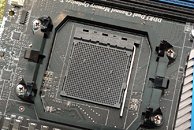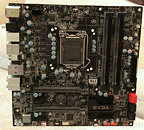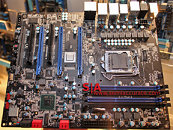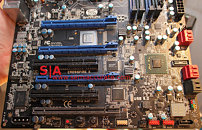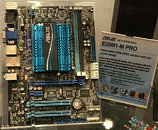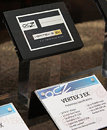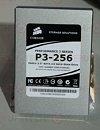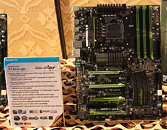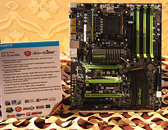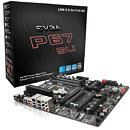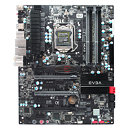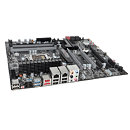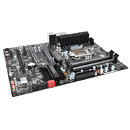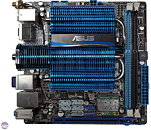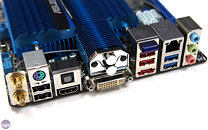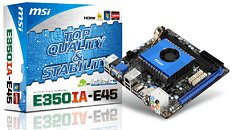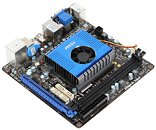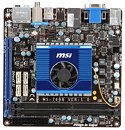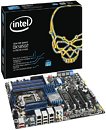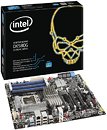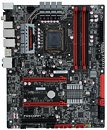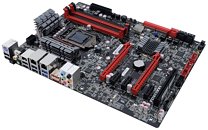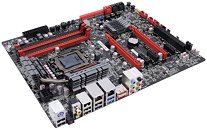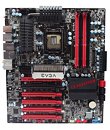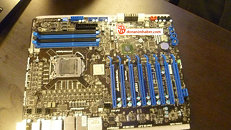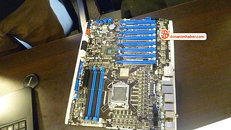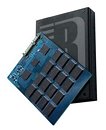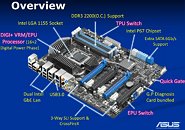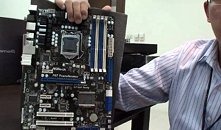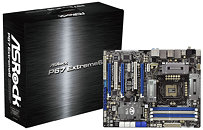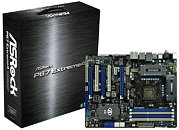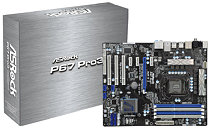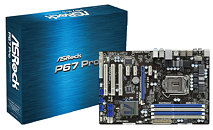
ECS H67H2-I Brings New Lifestyle for Home Entertaining Enthusiasts
Elitegroup Computer Systems (ECS) is delighted to introduce the latest Intel based mini-ITX motherboard - ECS H67H2-I motherboard, designing to support the 2nd generation Intel Core processors and redefining home theater PC of the new era.
ECS has been very experienced and professional at Research & Development of small form factors motherboards, and we have envisioned that there will be a growing trend for HTPC. At both CeBIT & Computex exhibitions in 2010, ECS H55H-I was the first HTPC platform of mini-ITX form factor; it definitely caught visitors' attention among all similar categories. ECS H55H-I motherboard has successfully fulfilled product differentiation from the origins and ECS H67H2-I motherboard definitely will break the record in 2011. ECS H67H2-I motherboard continues carrying the advantages of space-saving, power-efficiency and surely brings much more vivid 3D visual experience as it supports amazing GPU O.C capability along with features of blu-ray HD playback and 3D gaming experience.
ECS has been very experienced and professional at Research & Development of small form factors motherboards, and we have envisioned that there will be a growing trend for HTPC. At both CeBIT & Computex exhibitions in 2010, ECS H55H-I was the first HTPC platform of mini-ITX form factor; it definitely caught visitors' attention among all similar categories. ECS H55H-I motherboard has successfully fulfilled product differentiation from the origins and ECS H67H2-I motherboard definitely will break the record in 2011. ECS H67H2-I motherboard continues carrying the advantages of space-saving, power-efficiency and surely brings much more vivid 3D visual experience as it supports amazing GPU O.C capability along with features of blu-ray HD playback and 3D gaming experience.
